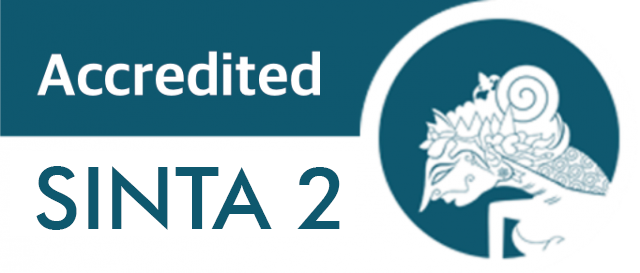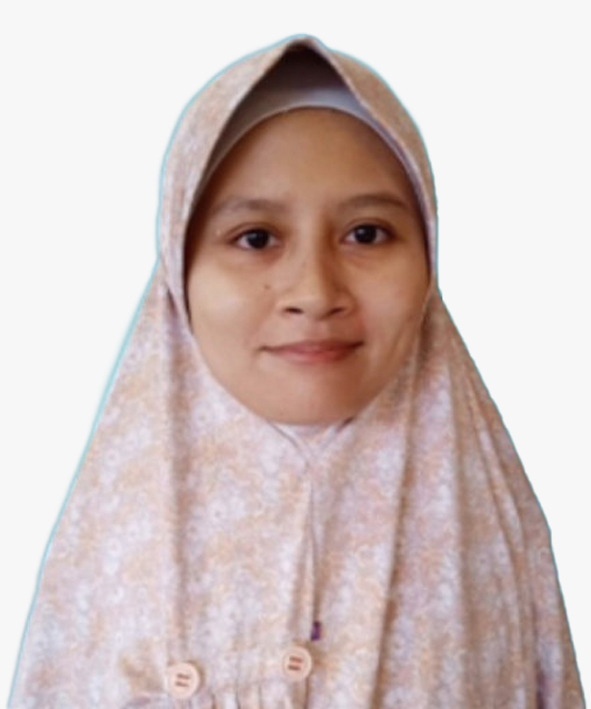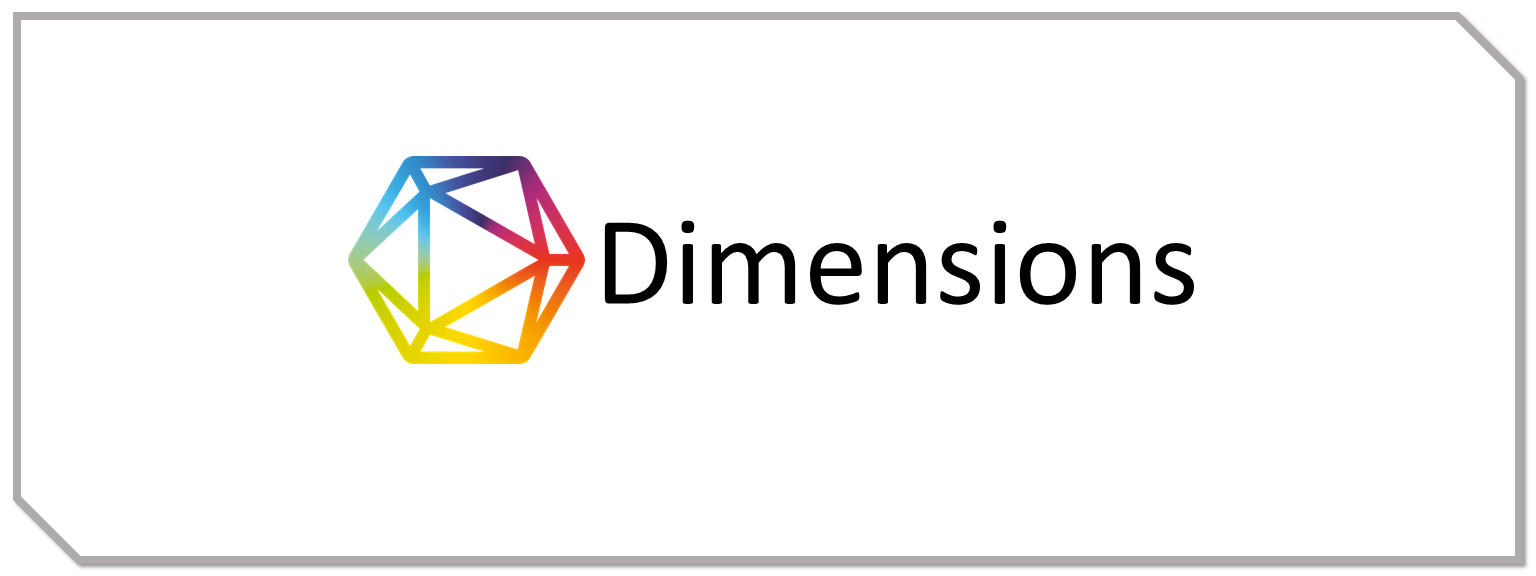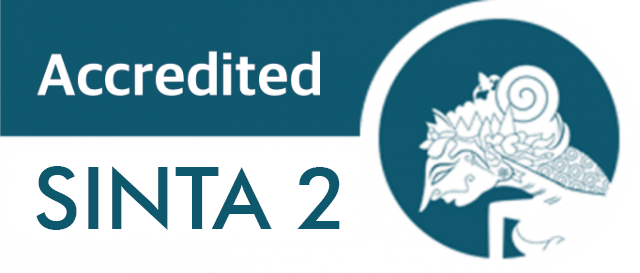Fragile Under Fire: Personality Disorders Underneath Resilience Facade of Medical Students
Downloads
Introduction: Medical students with personality disorders (PDs) often have to present a resilient facade to navigate the intense pressures of their academic and clinical training. These disorders can negatively influence their emotional well-being, academic success, and professional development. This review explores the prevalence, impact, and diagnostic methodologies of PDs among medical students. Methods: A literature review was conducted to identify relevant studies from PubMed and Scopus following primary keywords “personality disorder” and “medical student,” investigating the possible effects and manifestation of personality disorders in medical students. Results: Medical students had a higher prevalence of PDs (30.2%) compared to the general population (6.1%). Obsessive-compulsive personality disorder (OCPD) is the most prevalent type (21.8%). The impact of PDs, exacerbated by the high stress of medical education, can lead to the increasing rate of depression, burnout, and anxiety, which further impact both academic success and career progression. Early intervention, including the use of standardized diagnostic tools such as the DSM-5-TR and ICD-11, can help to identify as well as enhance students’ overall well-being and performance. Conclusion: Medical students with PDs face significant challenges that impact their academic performance, emotional stability, and professional relationships. PDs require more extensive targeted mental health support and systemic changes in medical education. While there is no cure for PDs, therapy focusing on symptom management and emotional regulation can improve resilience and success. Addressing stigma and strengthening mental health services, curriculum integration, and peer support networks are essential for better outcomes.
Copyright (c) 2025 Nazhifah Mahdiyah, Damba Bestari, Aashi Dubey

This work is licensed under a Creative Commons Attribution-ShareAlike 4.0 International License.
1. Copyright of this journal is possession of the Author, by the knowledge of the Editorial Board and Journal Manager, while the moral right of the publication belongs to the author.
2. The journal allows the author(s) to retain publishing rights without restrictions.
3. The articles are published under a Creative Commons Attribution Share-Alike (CC BY-SA) license. Many research funding bodies prefer the CC BY-SA license because it allows for maximum dissemination and re-use of open access materials. Users are free to share (copy, distribute, and transmit) and remix (adapt) the contribution under this license, including for commercial purposes, as long as they attribute the contribution in the manner specified by the author or licensor.
























